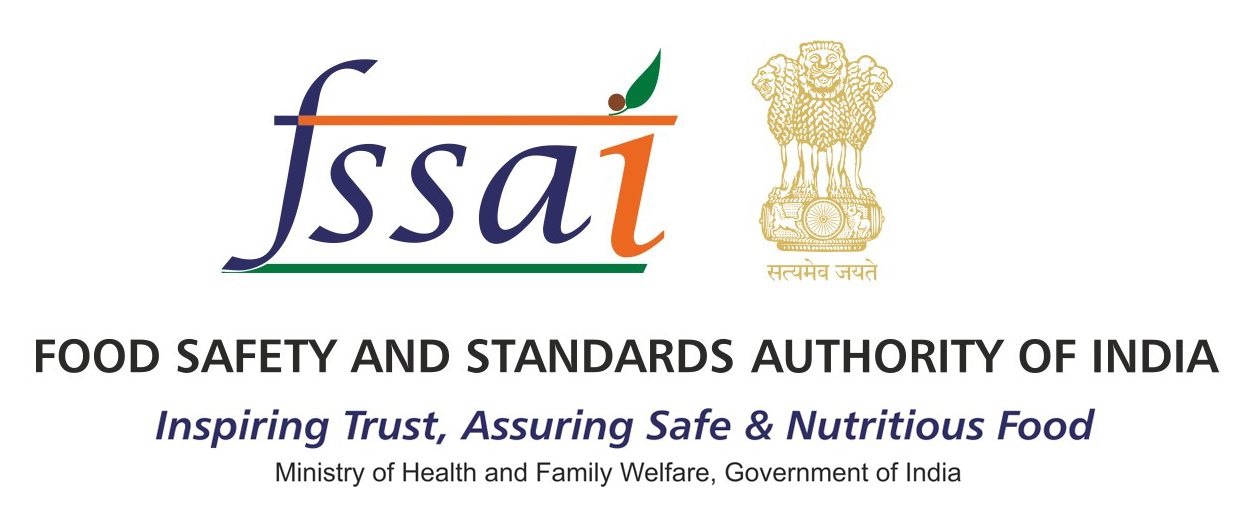“It is easy to remove a weevil from a grain, but hard to reverse the damage it does.”-
Michael Bassey Johnson
In the age where food adulteration has unfortunately become as common as a cold, food grains are no exception to this man-made plague. Food grains are an important part of the diet for a major part of the world and are consumed in various forms. These are a rich source of minerals, vitamins, proteins, carbohydrates, fats and oils. The diverse applications of food grains for instance, in the production of processed food and beverages, and the increase in its market demand over the years, has been accompanied by adulteration which has now become a worldwide problem.
Adulteration in Grains
Food grain adulteration is mainly of two types-
- Adulteration of high-grade with low-grade grains.
To make profits, some manufacturers or distributors frequently replace high–grade with low-grade grains. A classic example of this type of adulteration is Basmati rice, which is high quality, aromatic variety of rice, grown in the foothills of the Himalayan Mountains. Owing to its superior quality but low production yield, Basmati rice is sold at prices at least four times higher than that of regular rice. Therefore, to increase profits, manufacturers or distributors often adulterate this rice with other non- fragrant varieties.
Another classic example is the case of oats, which is widely consumed for its high nutritional content and characteristic flavour. To boost profits, some producers or distributors mix wheat flour with oat flour. Additionally, mixing of high-grade wheat flour with low-cost cereals like sorghum and corn is quite prevalent.
- Adulteration with extraneous materials
According to the Food Safety and Standards Authority of India (FSSAI), adulteration in food grain is usually in the form of extraneous matter which can be
a)inorganic matter such as sand, gravel, glass, pebbles, metallic pieces, and synthetic materials or,
b)organic matter such as straw, husk, and other inedible grains, which are added to increase the product bulk.
As per the FSSAI Regulations, 2011, extraneous matter in unprocessed whole raw pulses is now regulated to a maximum of 3.0% by weight, with mineral matter and contaminants of animal origin accounting for no more than 0.5% by weight.
Besides this, the addition of dyes such as Sudan dyes to add colour or melamine to increase protein content can put human health in jeopardy.
How do these Adulterants Affect us?
Apart from the issue of consumers paying premium prices for inferior products, the aforementioned adulterants are unfit for human consumption. Upon consumption, they can cause food poisoning, indigestion, and in some cases, severe damage to the digestive track.
How to detect adulteration in Food grains
Adulteration may be of different kinds, therefore the methods of detection varies accordingly-
- To detect the presence of food colour in, add two teaspoons of food grains to a transparent glass of water. If the food grains are free from added colours, they won’t leave any colour. However, if the food grains are adulterated they will leave a yellowish colour.
- To detect turmeric in sella rice, sprinkle a small amount of soaked lime on the suspected rice. If the rice grains are adulterated, they will turn red. Unadulterated rice will remain the same colour.
- To detect the presence of excess bran in wheat flour, sprinkle a spoon of the suspected wheat flour in a transparent glass of water. If the wheat flour is adulterated, the excess bran will be seen floating on the water surface.
- To detect the presence of ergots in food grains, put some grains in a transparent glass containing 20% salt solution. The ergots will float on the surface of water while the pure grains settle down. Usually, purple or black, longer sized grains indicate the presence of ergots.
- To detect adulteration of ragi with rhodamine B, take a cotton ball soaked in water and rub the outer surface of the suspected ragi. If the cotton absorbs colour, it is indicative of the presence of rhodamine B which is used to add colour to the outer surface of ragi.
It’s a Gamble
Food grains are an important part of cuisines worldwide and are rich sources of vitamins and minerals. It forms an important part of our daily diets and therefore, knowledge of the quality, safety and standards of food grains is crucial.
It is said that just a grain can bring a bird down from the skies. Similarly, the consumption of just a small amount of adulterated food grains is enough to bring down human health and well-being. To prevent such mishaps from occurring, consumers beware and test your food grains for adulteration!
 Food Manifest
Food Manifest 
















Leave a Comment
Your email address will not be published. Required fields are marked with *